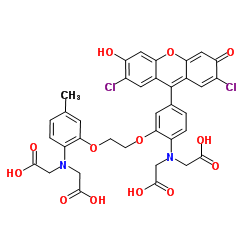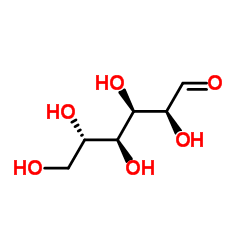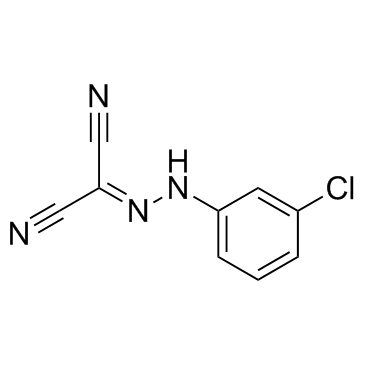| Structure | Name/CAS No. | Articles |
|---|---|---|
 |
Fluo-3
CAS:123632-39-3 |
|
 |
2-NBDG
CAS:186689-07-6 |
|
 |
L-Glucose
CAS:921-60-8 |
|
 |
CCCP
CAS:555-60-2 |